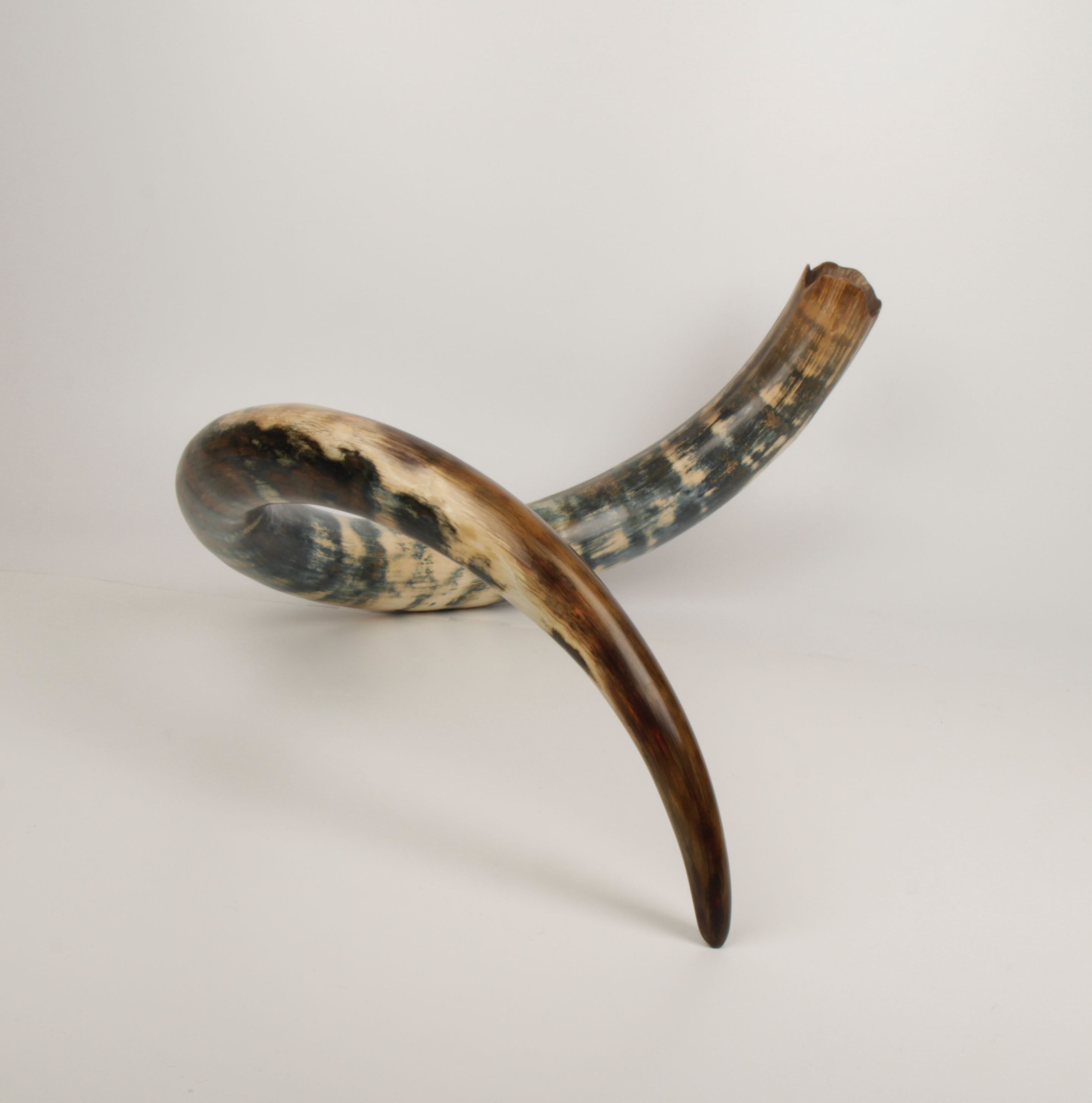
What is a Woolly Mammoth?
A mammoth is any species of the extinct elephantid genus called Mammuthus. Mammoths lived from the Pleiocene epoch from around 5 million years ago into the current Holocene epoch. There is no definitive scientific conclusion for their extinction.
A warming trend accompanied by a glacial retreat and rising sea levels occurred around 12,000 years ago. This is considered to be an important contributing factor which led to the mass extinction of megafauna in northern Eurasia and the Americas. Over millennia forests replaced open woodlands and grasslands across the continent. The available habitat would have been reduced for some megafaunal species, such as the mammoth. It is believed that the last mammoths went extinct around 4000 years* ago on Wrangel Island (Arctic Ocean, northern Siberia). These were the so-called woolly mammoths (scientific name: Mammuthus primigenius), the last species of the genus Mammuthus.
Scientific research reveals that the woolly mammoth was superbly adapted to the extremely cold environment during the last ice age. Woolly mammoths were covered in thick fur, with an outer layer of long guard hairs and a shorter undercoat. The ears and tail were short to minimise frostbite and heat loss.
Woolly mammoths had large, beautifully curved tusks and four molars. Mammoth molars were replaced about 5 times during the lifetime of an individual. The molars grew larger and contained more ridges with each replacement. The woolly mammoth is considered to have had the most complex molars of any elephant. Woolly mammoths used their tusks and trunks for manipulating objects, fighting, and foraging.
Fully grown males reached shoulder heights between 2.7–3.4 m (8.9–11.2 ft) and weighed up to 6 tonnes (12,000 lb). Female woolly mammoths reached 2.6–2.9 m (8.5–9.5 ft) in shoulder heights and weighed up to 4 tonnes (8,000 lb). A newborn calf would have weighed about 90 kg (198 lb).
The age of a woolly mammoth can be roughly determined by counting the growth rings of its tusks when viewed in cross section. It is believed that a woolly mammoth could reach the age of 60 years.
If you have any further questions or require further explanations, please email us: info@arcticantiques.com
* Other research indicates that woolly mammoths survived until as recently as around 1650 BC.
Bibliography:
Lister, A. M.; Sher, A. V.; Van Essen, H.; Wei, G. (2005). "The pattern and process of mammoth evolution in Eurasia". Quaternary International. 126–128: 49–64.
Sloane, H. (1727–1728). "An Account of Elephants Teeth and Bones Found under Ground". Philosophical Transactions. 35 (399–406): 457–471.
Gross, L. (2006). "Reading the Evolutionary History of the Woolly Mammoth in Its Mitochondrial Genome". PLOS Biology. 4 (3): e74.
Lister, A. M.; Sher, A. V. (13 November 2015). "Evolution and dispersal of mammoths across the Northern Hemisphere". Science. 350 (6262): 805–809.
The Academy of Natural Sciences (2007). "Woolly Mammoth (Mammuthus primigenius)". The Academy of Natural Sciences. Archived from the original on 27 September 2007. Retrieved 29 September 2007.
Cuvier, G. (1796). "Mémoire sur les épèces d'elephans tant vivantes que fossils, lu à la séance publique de l'Institut National le 15 germinal, an IV". Magasin Encyclopédique, 2e Anée: 440–445.
Reich, M.; Gehler, A.; Mohl, D.; van der Plicht, H.; Lister, A. M. (2007). "The rediscovery of type material of Mammuthus primigenius (Mammalia: Proboscidea)". International Mammoth Conference IV (Poster): 295.
Maglio, V. J. (1973). "Origin and evolution of the Elephantidae". Transactions of the American Philosophical Society. 63 (3): 1–149.
Reich, M.; Gehler, A. (2008). "Giants' Bones and Unicorn Horns Ice Age Elephants Offer 21st Century Insights". Collections – Wisdom, Insight, Innovation. 8: 44–50.
Kurten, B.; Anderson, E. (1980). Pleistocene Mammals of North America. New York: Columbia University Press. pp. 348–354.
Boeskorov, G.; Tikhonov, A.; Shchelchkova, M.; Ballard, J. P.; Mol, D. (2020). "Big tuskers: Maximum sizes of tusks in woolly mammoths - Mammuthus primigenius (Blumenbach) - from East Siberia". Quaternary International. 537: 88–96.